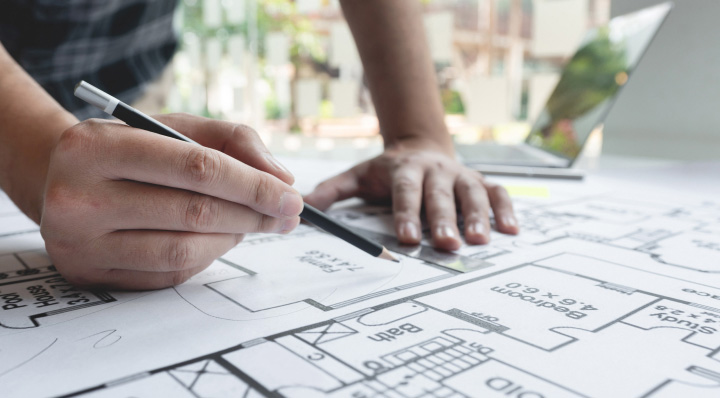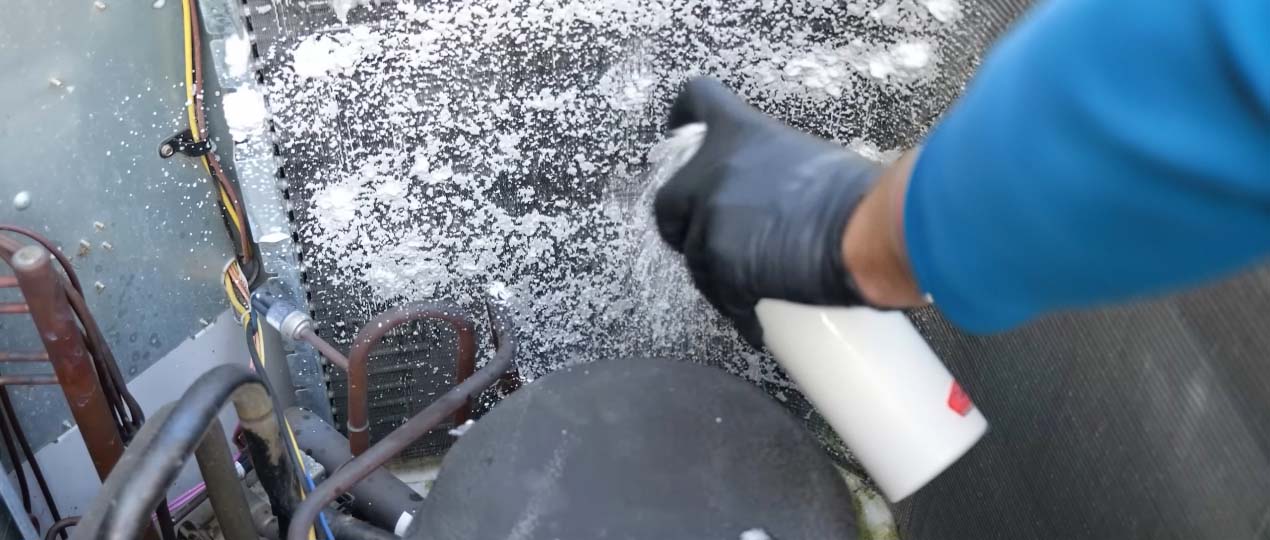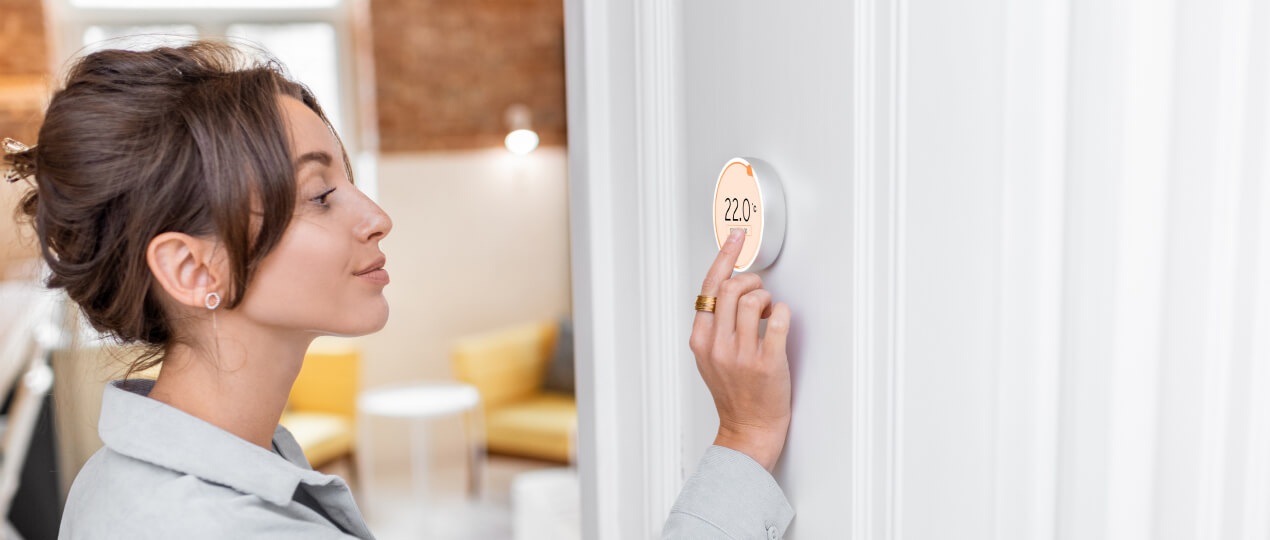
The forced-air HVAC system circulates air to heat or cool your home. However, inconsistencies in airflow may result in certain rooms being too hot or too cold, compromising your home’s overall comfort. Fortunately, you can take some simple steps to eliminate these hot and cold zones and ensure that every room is equally comfortable throughout the year.
These steps include air balancing, performed by HVAC technicians to identify inefficiencies in heating and cooling airflow. At Superior HVAC Service, we will inspect your home and HVAC equipment and recommend solutions to improve air circulation. Here are five ways you can help balance airflow in your home:
Step 1: Choose the right location for your thermostat
A thermostat detects changes in air temperature and sends this information to the heating or cooling system. However, air drafts, sunlight, and cooking equipment can affect the temperature.
To ensure maximum comfort, place your thermostat on an interior wall, away from windows, doors, heat sources, and air vents. Put it in the room you use the most. That way, it will base its heating and cooling schedule on the ambient temperature of that room.
Step 2: Keep vents and rooms open
Closed doors and vents can cause an imbalance in the HVAC system and increase energy consumption. Keep your home’s vents and doors open to help evenly distribute heated or cooled air and avoid the need for HVAC repairs. Leave a gap of at least one metre between vents to ensure unobstructed airflow into the room.
Step 3: Adjust ductwork
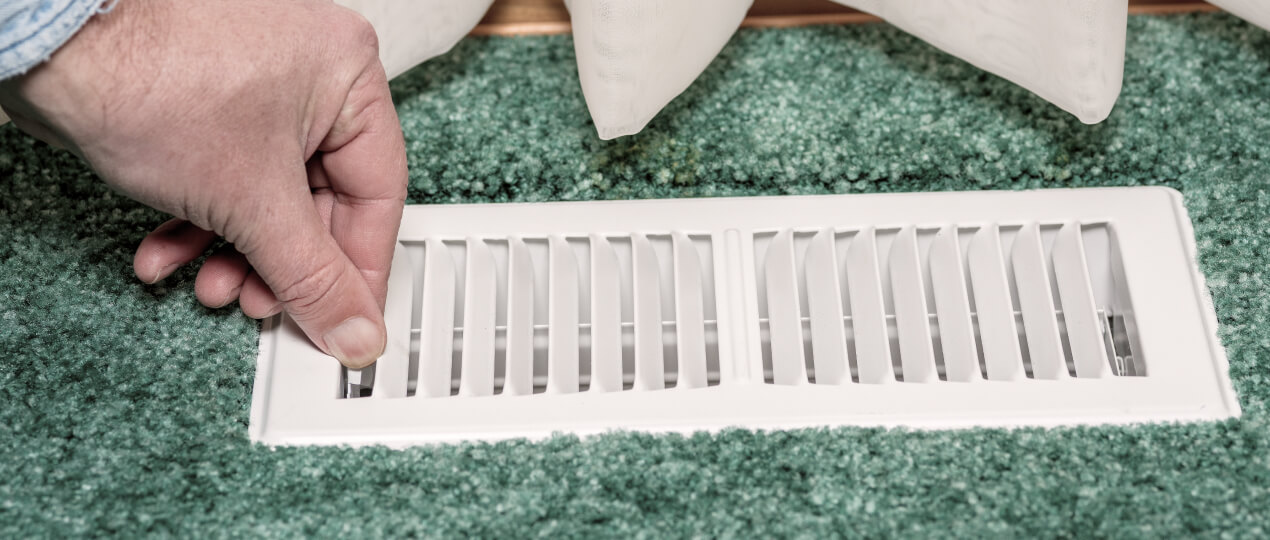
The ductwork in your home is the only way to ventilate the HVAC system. Minor gaps in the ductwork or even the layout can let air escape. This can cause heating and cooling to dissipate in unfinished areas of your home, such as behind walls.
The overall airflow efficiency can be greatly improved by repairing holes in the ductwork and adjusting its layout.
Step 4: Insulate windows and walls
Many homes need adequate insulation. Adding extra insulation around ductwork is important to prevent hot and cold spots. Installing additional insulation will also increase the efficiency of your HVAC system.
There are also other types of insulation, such as windows and doors. The use of special materials or even air pockets between glass panes can create a barrier to outside air and increase indoor comfort.
Step 5: Install an air handler or zoning system
If you have tried other methods to solve heating or cooling issues in your home without success, install dedicated ventilation equipment such as a zoned system or an additional air handler. If your home does not have ductwork or uses ductless mini-split systems, installing an air handler may be the only solution.
By adjusting the temperature in each “zone,” you can balance out airflow issues. For example, if the top floor of your home is warmer than desired, a zoned system can ensure that it receives enough cooling to even out the temperature.
Call Superior HVAC Service for professional air balancing
If you notice hot and cold spots or other air-balancing issues in your home, contact Superior HVAC Service instead of taking matters into your own hands. By carefully calculating the airflow rate in your home, we can determine the best options for properly balancing the airflow. We can suggest removing unnecessary vents or installing new ones.
Whether you need help moving your thermostat, sealing your ductwork, or installing your HVAC unit, our company offers all the services you need. Contact us today and learn more about how we can help.
Our experienced technicians are adept at resolving any issue in the shortest time.
Order the best specialist in Canada Now (866) 545-6460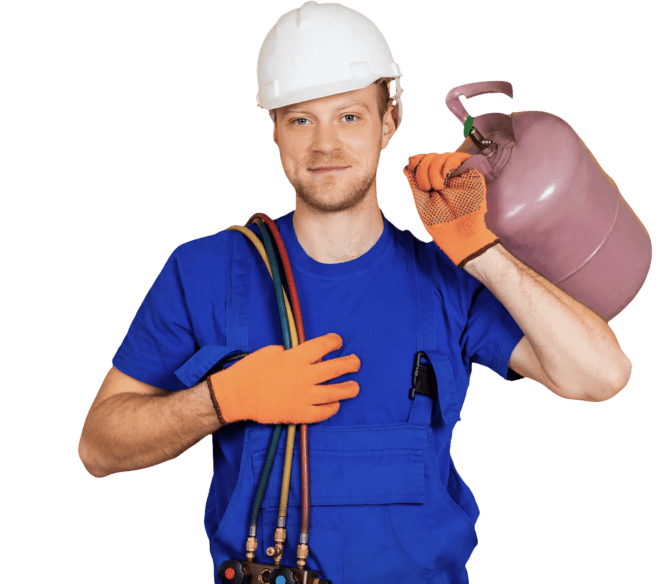
REFERENCES
1. Pirouz, B., Palermo, S. A., Naghib, S. N., Mazzeo, D., Turco, M., & Piro, P. (2021). The Role of HVAC Design and Windows on the Indoor Airflow Pattern and ACH. Sustainability, 13(14), 7931.
2. Riffat, S. B. (1992). Balancing airflow in HVAC systems using tracer gas techniques. https://www.aivc.org/sites/default/files/airbase_5690.pdf

